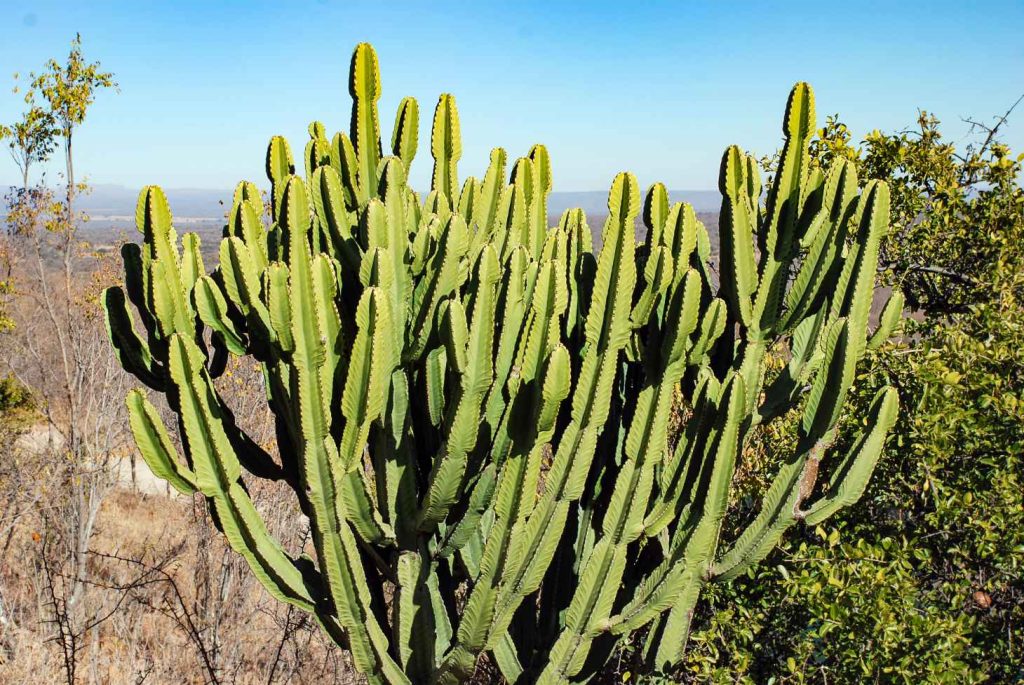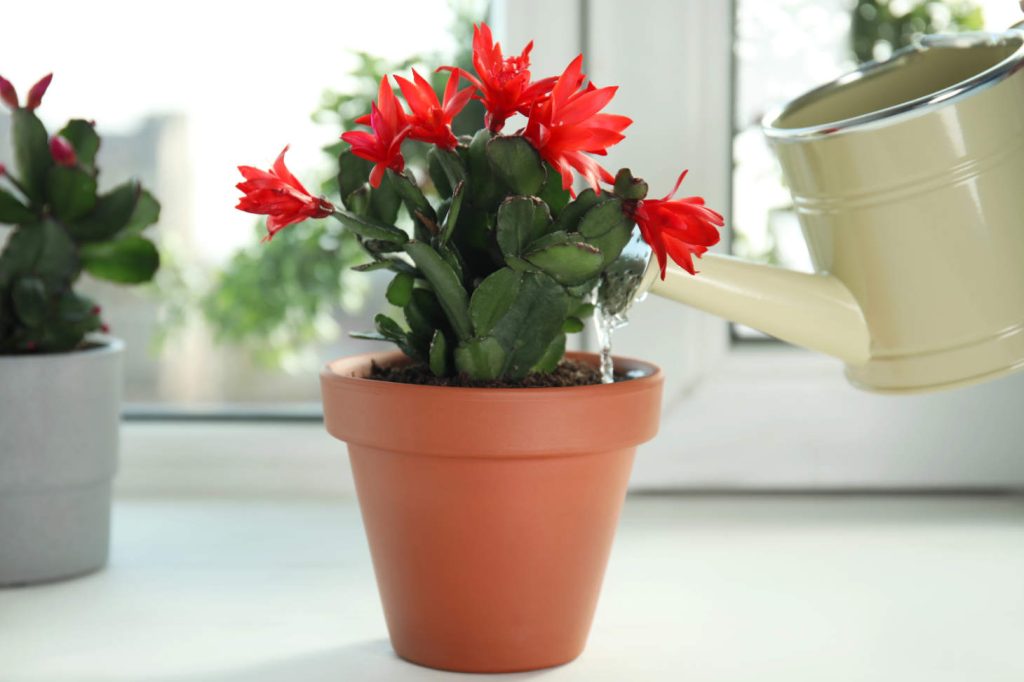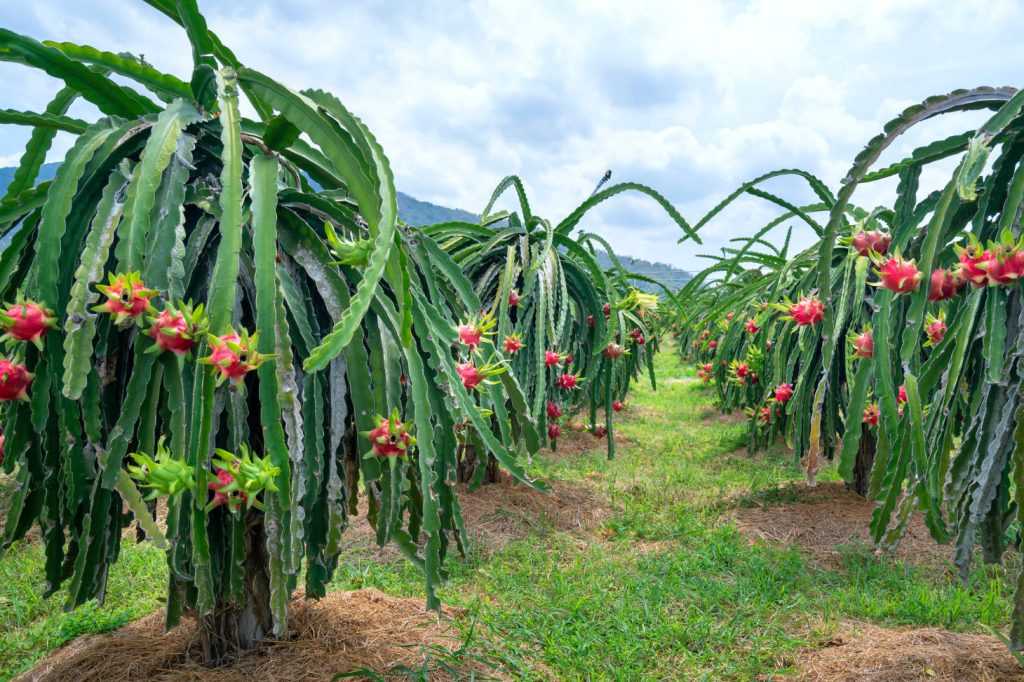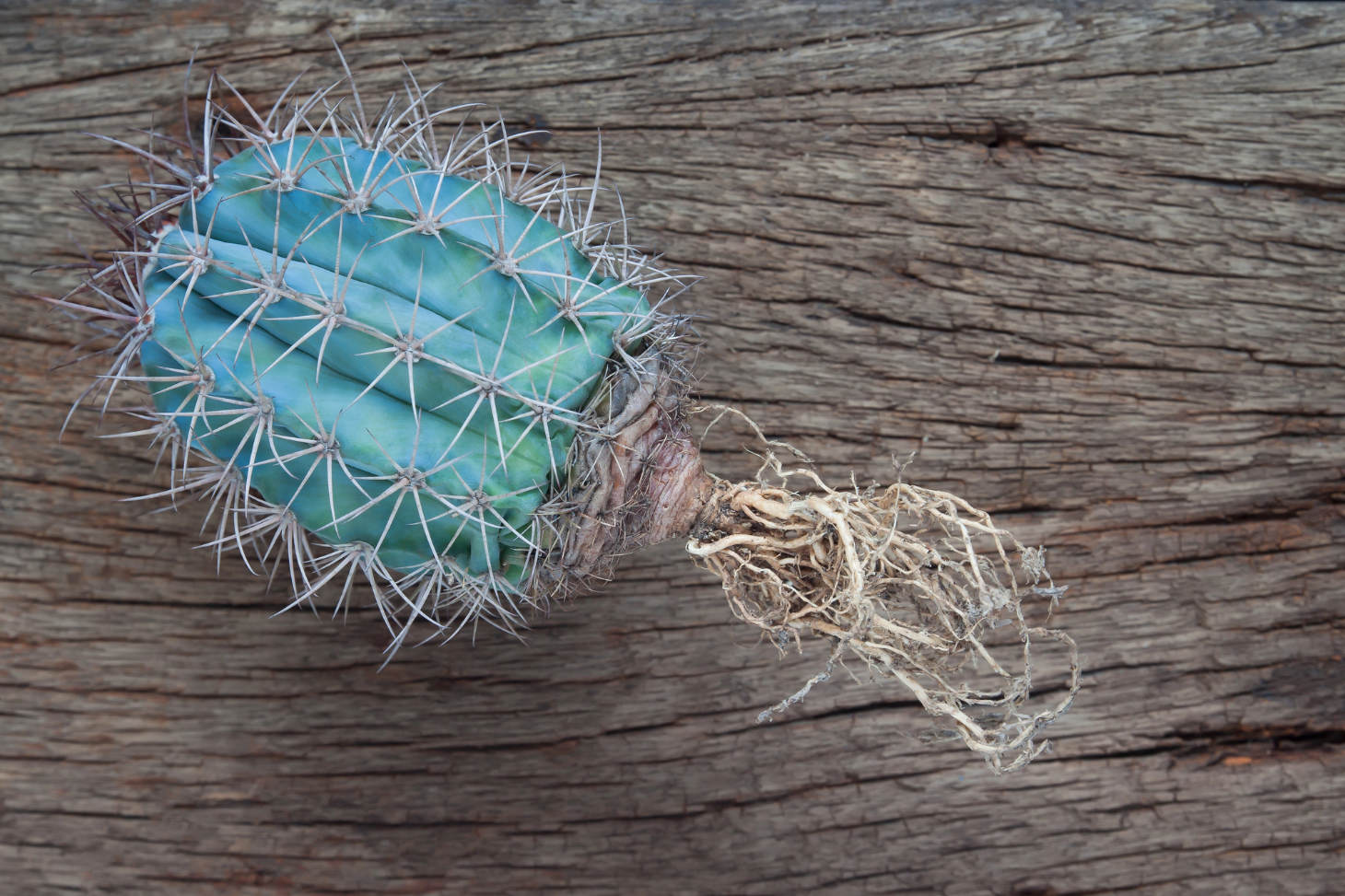Do Cactus Have Roots?
Ever looked at a cactus and wondered what’s happening below the soil? You might be surprised to learn that cacti do indeed have root systems, though they’re specially adapted for desert survival. Most cacti have either shallow, widespread roots that extend outward to catch rare rainfall, or semi-deep taproots that reach further down to access underground water sources and provide stability.
These specialized root systems help cacti thrive in harsh environments where water is scarce. When a cactus appears to have no roots, as sometimes happens with newly purchased specimens, don’t worry. Given time and proper conditions, a rootless cactus cutting can develop new roots. Just place it in well-draining soil and resist the urge to water it immediately, as moisture can cause rotting before roots develop.

Key Takeaways
- Cacti have specialized root systems that are either shallow and widespread or semi-deep taproots depending on the species and environment.
- A cactus without roots can grow new ones if placed in suitable soil and not overwatered.
- Cactus roots are adaptable structures that efficiently absorb water during brief rain events and store nutrients for long dry periods.
Cactus Root Systems
Cacti have specialized root systems that help them survive in harsh desert environments. These root adaptations allow them to collect water efficiently and stay firmly anchored in the ground despite challenging conditions.
Types of Cactus Roots

Cacti typically develop one of two main root systems: taproots or fibrous roots, though some species have both. Taproots grow deep into the soil, sometimes extending several feet down to reach water sources far below the surface. This adaptation helps certain cacti survive long periods without rain and helps tall cacti from falling over.
Fibrous roots spread outward rather than downward. These shallow roots extend a few inches below the soil surface and spread horizontally to capture surface moisture efficiently. Many columnar cacti have this type of system, with roots typically just 1-2 shovel depths down.
Some cacti, like epiphytic species that grow on trees, develop aerial roots. These specialized roots absorb moisture from the air instead of soil.
Functions of Roots in Cacti

The primary function of cactus roots is water absorption. Unlike typical plants, cactus roots can quickly absorb large amounts of water during brief rain events. They efficiently capture moisture before it evaporates or sinks too deep.
Cactus roots also gather essential nutrients from the soil. Their wide-spreading network helps them collect scattered nutrients in typically poor desert soils.
Anchoring is another crucial function. Root systems provide stability, preventing tall columnar cacti from toppling over in strong winds. The root structure creates a solid footing by extending outward in all directions.
Interestingly, cacti without roots can still survive. When placed in soil, a rootless cactus cutting will typically develop new roots over time if not overwatered.
Cactus Adaptations to Arid Environments

Cacti have evolved remarkable features that allow them to survive in some of the harshest environments on Earth. Their unique adaptations help them conserve water and thrive where other plants cannot.
Drought Survival Strategies
Cacti have developed specialized root systems that maximize their ability to collect water. When it rains, their broad, shallow roots quickly absorb moisture before it evaporates. These roots spread out near the surface of the soil rather than growing deep.
Some cacti also have taproots that reach deeper into the ground to access water reserves. This dual root system helps them survive during both brief rain showers and prolonged dry periods.
The spines you see on cacti are actually modified leaves. These spines reduce water loss through evaporation and protect the plant from animals seeking moisture. They also provide some shade to the stem and can collect dew that drips down to the roots.
Many cacti can also expand when they absorb water, storing it in their fleshy stems for future use during drought conditions.
Photosynthesis and Water Conservation

Cacti use a special form of photosynthesis called CAM (Crassulacean Acid Metabolism). Unlike most plants, cacti open their pores (stomata) at night when temperatures are cooler and humidity is higher.
This nighttime activity dramatically reduces water loss. During the day, when other plants would be losing water through evaporation, cacti keep their stomata closed and process the carbon dioxide they collected overnight.
Their thick, waxy skin also helps prevent moisture from escaping. This protective layer acts as a barrier against the harsh desert sun and minimizes evaporation.
The green stem of a cactus performs photosynthesis instead of leaves, which is another water-saving adaptation. Since stems have less surface area than typical leaves, less water evaporates during the photosynthesis process.
Specific Cactus Species and Their Roots
Different cactus species have evolved unique root systems to survive in their native habitats. These adaptations range from extensive shallow networks to deep taproots, depending on the plant’s specific needs and environment.
Saguaro Cactus Root System

The iconic saguaro cactus (Carnegiea gigantea) of Arizona has a fascinating root system perfectly adapted to desert life.
These giants develop a shallow root system that spreads out in all directions, usually extending as far as the cactus is tall. Most roots stay within 4 inches of the soil surface to quickly absorb rainfall before it evaporates.
Saguaros also have one specialized “tap” root that reaches down about 5-6 feet for stability. This combination allows them to gather water efficiently while staying firmly anchored during desert storms. Their roots can actually shrink during dry periods and expand when water is available.
Prickly Pear Cactus Roots

Prickly pear cacti (Opuntia species) feature an impressive root structure designed for quick water absorption. Their roots are typically shallow and fibrous, spreading horizontally rather than diving deep.
What makes prickly pear roots special is their ability to regenerate. When a pad falls to the ground, it can quickly develop new roots from its base. This explains why prickly pears spread so easily in garden settings.
Some prickly pear species develop thickened roots that store water and nutrients. These fleshy roots help the plant survive extended drought periods. You’ll notice that established prickly pears can thrive even when not watered for months, drawing on these reserves.
Epiphytic Cactus Roots

Epiphytic cacti like Christmas cactus and some Hylocereus species (including dragon fruit) have roots unlike their desert cousins. These plants naturally grow on trees or rocks rather than in soil.
Their specialized aerial roots serve multiple functions:
- Anchoring to tree branches or rock surfaces
- Absorbing moisture from humid air
- Collecting nutrients from debris that collects around them

Hylocereus undatus (dragon fruit) produces two types of roots: terrestrial roots when planted in soil and aerial roots along stems that help the plant climb and gather additional moisture. These aerial roots are often reddish-brown and can grow several inches long.
When you grow epiphytic cacti at home, they need different care than desert varieties because their roots evolved for different conditions.

